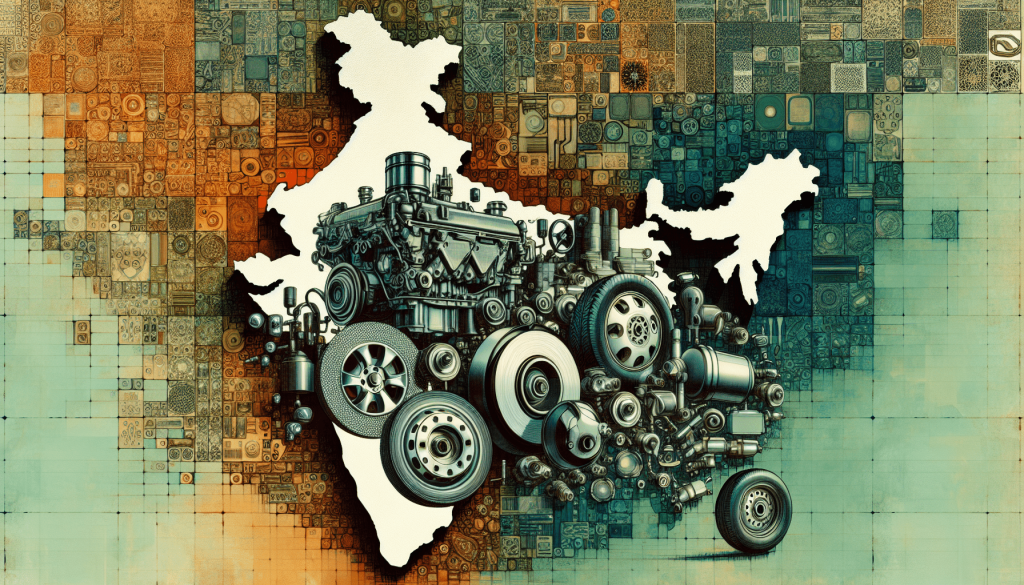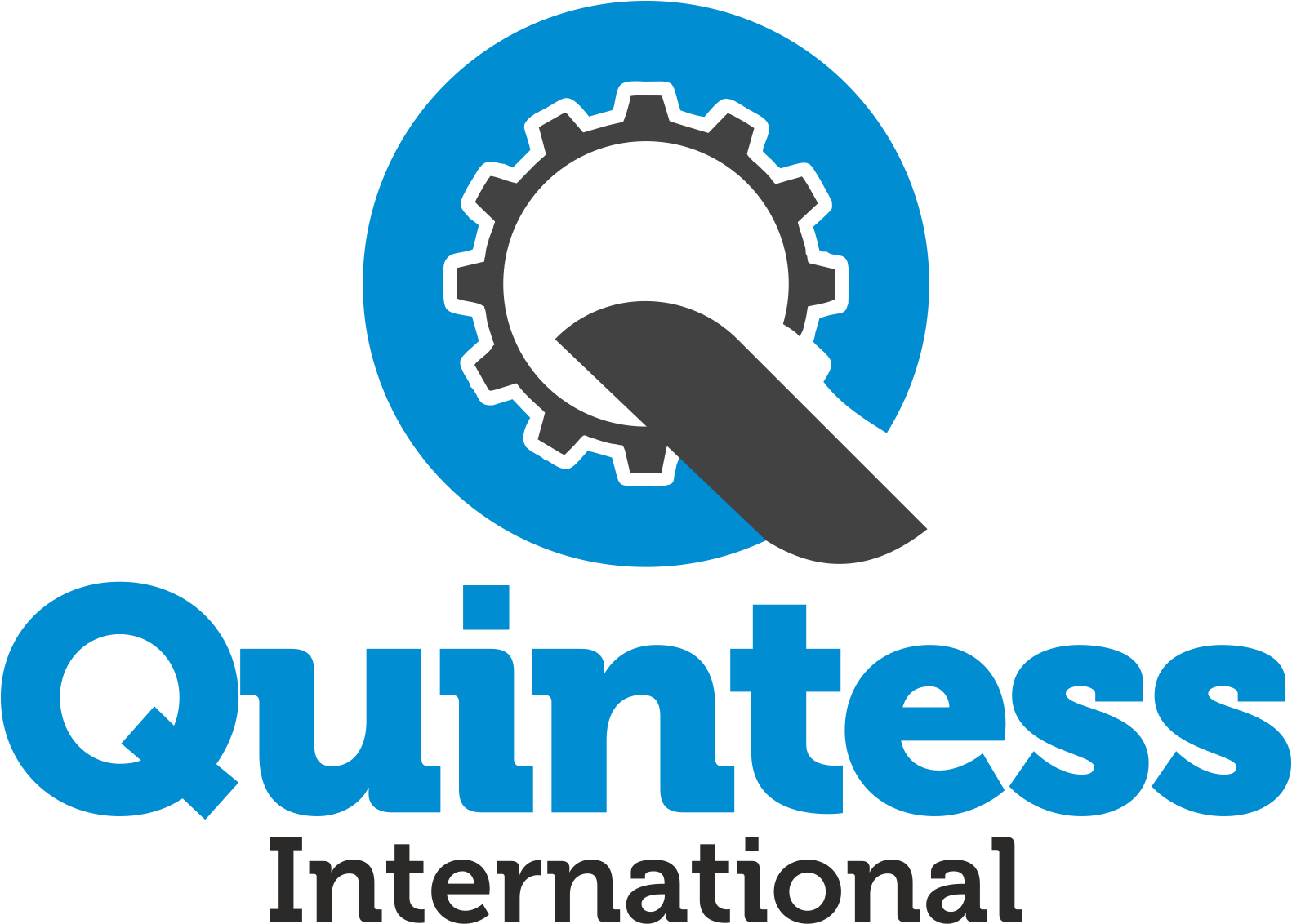India has established itself as a global leader in the automotive industry, achieving a 5.7% compound annual growth rate in automotive parts exports from 2019 to 2023. In 2023, exports reached approximately $20.1 billion, with sales for the first half of 2024 totaling ₹2.98 trillion. Factors contributing to this growth include India’s skilled labor force, cost-effective production capabilities, and a robust network of suppliers, making it an attractive destination for importers worldwide.
Importing automotive parts from India provides advantages such as significant cost savings, a diverse range of products, and the potential for long-term partnerships. This guide will help you navigate the essential aspects of importing from India, including ensuring product quality, selecting the right suppliers, managing logistics, and understanding legal requirements, so you can make informed decisions for your business.
When importing automotive spare parts from India, there are several critical factors to consider to ensure a smooth process and compliance with regulations. Here’s a detailed guide:
VERIFY SUPPLIER CREDENTIALS
- Reputation: Choose suppliers with a solid track record and reputation in the market.
- Certifications: Ensure the supplier has necessary certifications, such as ISO, IATF 16949 (specific for automotive industry quality), and others, indicating they meet international standards.
- Experience: Look for suppliers experienced in exporting automotive parts, as they are likely familiar with export requirements and can handle logistics smoothly.
PRODUCT QUALITY AND STANDARDS
- Quality Control: Ensure the parts meet international quality standards. Request information on the supplier’s quality control processes, testing procedures, and compliance certifications.
- OEM vs. Aftermarket: Clarify whether the parts are Original Equipment Manufacturer (OEM) or aftermarket. OEM parts are generally higher quality, whereas aftermarket parts may vary in quality.
- Compliance: Check that the spare parts comply with the technical and safety standards of your country (e.g., CE marking in Europe, DOT certification in the US).
- Samples and Inspection: Before bulk purchases, request samples and/or conduct factory inspections to verify the quality of the parts.
CUSTOMS AND IMPORT REGULATIONS
- HS Code Classification: Correctly classify automotive spare parts under the Harmonized System (HS) Code for proper customs declaration. Incorrect classification can lead to delays and fines.
- Import Duties and Taxes: Understand the applicable import duties and taxes in your country. Some countries have preferential trade agreements with India that may lower duties.
- Customs Documentation: Ensure that all necessary documentation, such as commercial invoices, packing lists, certificates of origin, and Bill of Lading, are accurate and complete.
SHIPPING AND LOGISTICS
- Incoterms: Agree on Incoterms (e.g., FOB, CIF, DDP) that clarify who bears responsibility for shipping costs, insurance, and customs clearance.
- Freight Costs: Factor in freight costs, especially if importing large or heavy parts. Compare air and sea freight options depending on urgency and budget.
- Lead Time: Consider the lead time for manufacturing, shipping, and customs clearance. Plan orders well in advance to avoid delays.
- Packaging and Labeling: Ensure that the spare parts are packaged properly to prevent damage during shipping. Check that the labeling complies with both Indian and destination country requirements.
SPARE PARTS COMPATIBILITY
- Compatibility with Vehicles: Ensure that the spare parts are compatible with the vehicles in your market. India manufactures parts for both local and global markets, and specifications may vary.
- Technical Specifications: Get detailed product specifications, including part numbers and dimensions, to verify that the parts will fit the vehicles in your market.
POST-SALES SUPPORT AND SERVICE
- After-Sales Service: Determine whether the supplier offers after-sales support, including technical assistance or part replacements.
- Return Policy: Clarify the supplier’s return policy in case of defects or non-compliance with specifications.

Understanding the Indian Automotive Spare Parts Market
The Indian automotive spare parts market is one of the fastest-growing sectors in the global automotive industry. It serves both the domestic vehicle manufacturing sector and international markets, offering high-quality components at competitive prices. Here’s a detailed overview of the market, including key features, trends, and opportunities:
THE TOP IMPORTING NATIONS FOR AUTOMOTIVE SPARE PARTS FROM INDIA IN 2023
| Rank | Country | Value of Imports (in million USD Approx) |
|---|---|---|
| 1 | United States | 1,200 |
| 2 | Germany | 950 |
| 3 | United Kingdom | 850 |
| 4 | Japan | 800 |
| 5 | Canada | 700 |
| 6 | South Korea | 600 |
| 7 | Australia | 550 |
| 8 | Brazil | 500 |
| 9 | France | 450 |
| 10 | Mexico | 400 |


